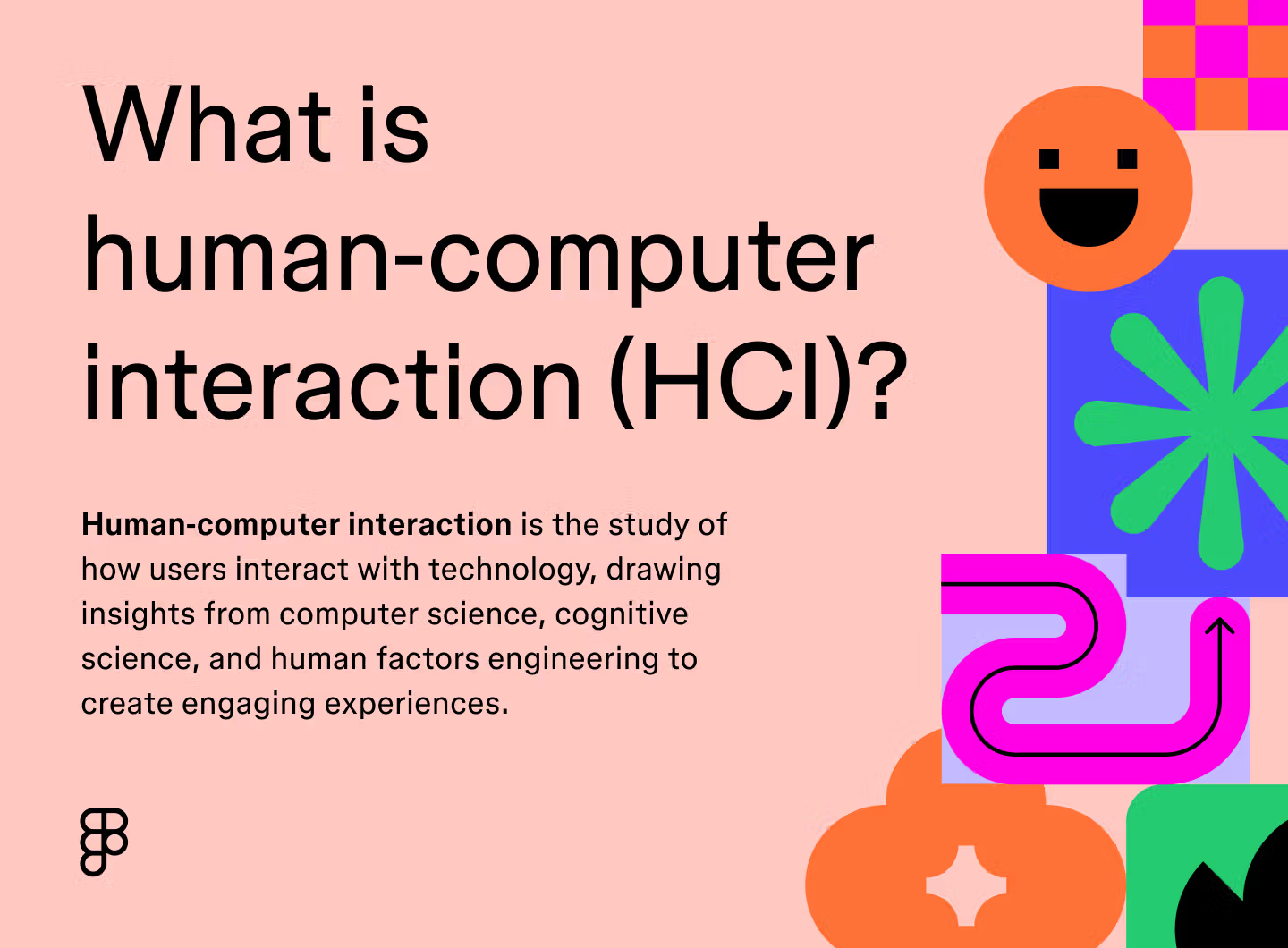Human Computer Interaction
Human Computer Interaction(HCI) is about understanding people and designing technology that fits their needs.
What is a HCI?
HCI stands for Human-Computer Interaction, an interdisciplinary field that studies the design and use of computer technology, focusing on the interfaces and interactions between humans and computers to create systems that are user-friendly, efficient, and enjoyable. It draws from various disciplines, including computer science, cognitive psychology, design, and social sciences, to understand user needs and behaviors, ultimately making technology more intuitive and accessible for people.
(Following paragraph is from the Figma) HCI is all about understanding how people interact with computers in their daily lives. It blends insights from computer science, cognitive science, and human factors engineering to guide technology design. Imagine trying to navigate a computer without a mouse or tapping on a touchscreen that doesn’t respond. Sounds frustrating, right? That’s where HCI comes in—it’s like the bridge that connects humans with technology, making our digital experiences smooth, intuitive, and enjoyable. HCI encourages product and design teams to think outside the box and prioritize the user experience, ensuring that the technology we use is not just functional, but also fun and easy to use.

Source: figma-hci
Source: Interaction Design